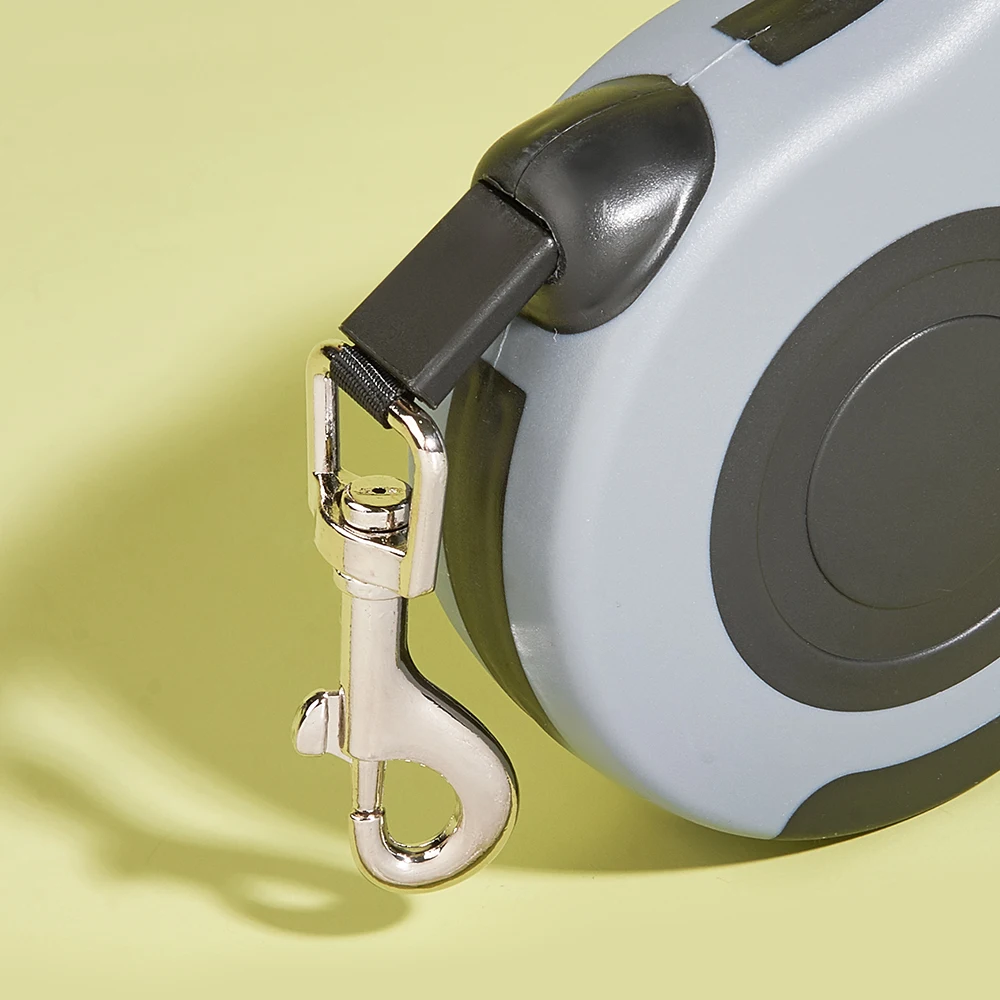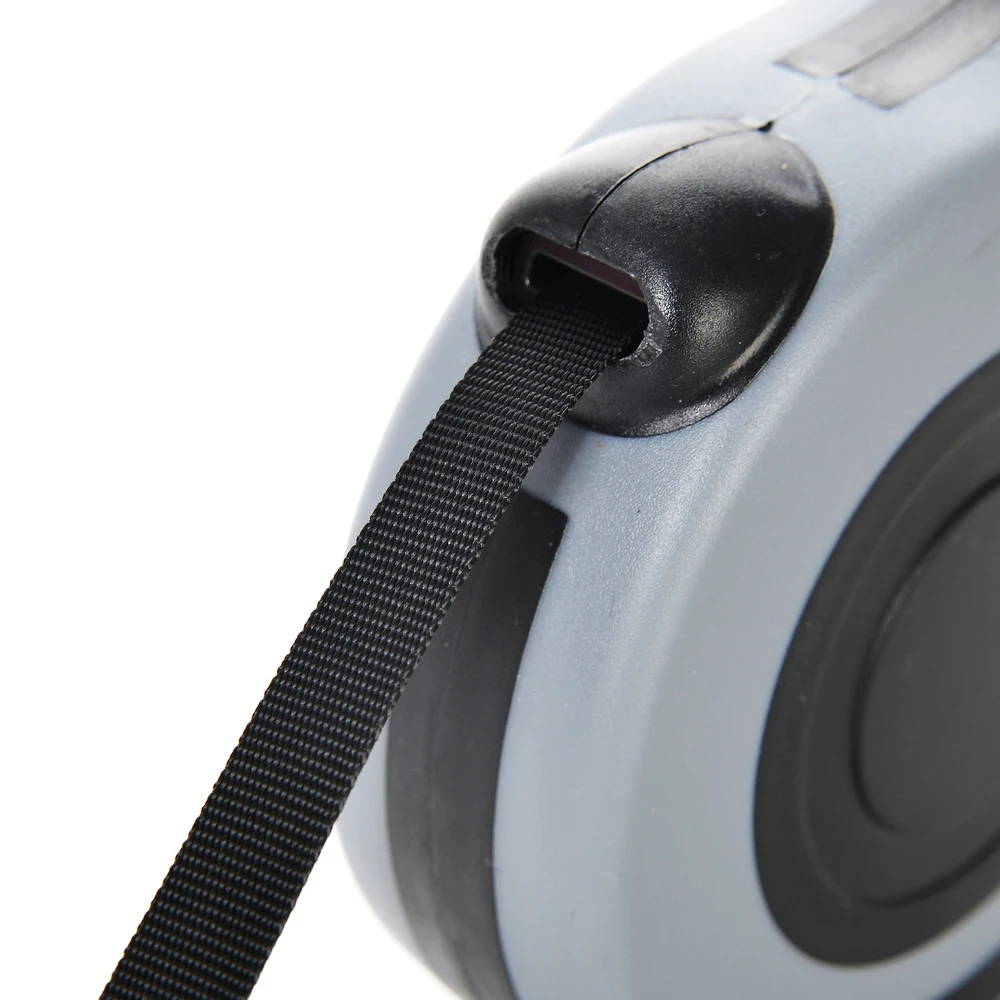Retractable leashes have become a popular choice among pet owners for walking dogs. They offer a unique blend of freedom and control, allowing dogs to explore their surroundings while still being tethered to their owner. However, they come with both advantages and drawbacks. In this comprehensive guide, we’ll delve into the pros and cons of retractable leashes to help you make an informed decision for your furry friend.
Advantages of Retractable Leashes
Enhanced Freedom for Your Dog
Retractable leashes are designed to extend and retract, giving dogs more freedom to roam compared to traditional fixed-length leashes. This extra freedom can be particularly beneficial for energetic or curious dogs who need more space to explore their environment. With a retractable leash, dogs can enjoy a more natural walking experience, sniffing around and investigating their surroundings without feeling restricted. This increased range of movement can lead to greater physical and mental stimulation, which is important for a dog’s overall well-being.
Adjustable Length for Various Situations
One of the key benefits of retractable leashes is their adjustable length. Pet owners can control the length of the leash with a simple mechanism, allowing for flexibility depending on the situation. For instance, when walking in open, safe areas, you can extend the leash to its full length, giving your dog ample space to explore. Conversely, in more crowded or potentially hazardous environments, you can shorten the leash to keep your dog closer to you. This versatility helps adapt to different walking conditions and ensures that you maintain control over your pet in various scenarios.

Improved Comfort and Convenience
Retractable leashes often come with ergonomic handles that provide comfort for the owner during walks. The design typically includes a handle that fits comfortably in your hand, reducing strain and fatigue on long walks. Additionally, many retractable leashes are equipped with features such as brakes and locking mechanisms that allow you to easily control the leash’s length. This convenience can make walks more enjoyable and less cumbersome, particularly if you have a large or strong dog that pulls on the leash.
Disadvantages of Retractable Leashes
Potential for Reduced Control
While retractable leashes offer increased freedom, they can also lead to reduced control over your dog. The extended length can make it challenging to manage your pet, especially if it suddenly lunges or pulls. In situations where immediate control is necessary, such as when encountering other animals or navigating through crowded areas, the retractable leash’s length can hinder your ability to quickly restrain your dog. This lack of control can pose safety risks and potentially lead to accidents or injuries for both your dog and other people or animals.
Increased Risk of Injuries
Retractable leashes have been associated with a higher risk of injuries compared to traditional leashes. The thin, often sharp cord of a retractable leash can cause cuts or burns if it comes into contact with skin. Additionally, if the leash retracts suddenly, it can create a whip-like effect that may cause injuries to both the dog and the owner. There have been numerous reports of pets getting tangled in the leash or injuring themselves by running into the extended cord. For these reasons, it’s important to use retractable leashes with caution and be aware of their potential hazards.
Challenges with Training and Behavior Management
Training a dog with a retractable leash can present unique challenges. The extended length of the leash might encourage pulling and other undesirable behaviors, as the dog may not feel as closely monitored as it would with a traditional leash. This can make it more difficult to reinforce good behavior and manage training sessions effectively. Additionally, retractable leashes may not be suitable for all types of training exercises, particularly those that require precise control and close proximity between the owner and the dog.

Safety Considerations for Using Retractable Leashes
Proper Use and Handling
To minimize risks associated with retractable leashes, proper use and handling are crucial. Always ensure that you are familiar with the leash’s locking and braking mechanisms before using it. When walking your dog, maintain a firm grip on the handle and be prepared to lock the leash if needed. Avoid extending the leash to its maximum length in busy or hazardous areas, and be mindful of your dog’s behavior to prevent sudden movements that could lead to accidents.
Choosing the Right Leash for Your Dog
Selecting the appropriate retractable leash for your dog’s size and strength is important for safety. Leashes come in various lengths and weight capacities, so choose one that matches your dog’s needs. For smaller dogs, a lighter, shorter leash may suffice, while larger or more active dogs may require a sturdier, longer leash. Additionally, consider features such as reflective materials or built-in lights if you walk your dog in low-light conditions, as these can enhance visibility and safety.
Regular Maintenance and Inspection
Regular maintenance and inspection of the retractable leash can help prevent malfunctions and ensure its safety. Check the leash’s cord or tape for signs of wear or damage, such as fraying or snapping. Ensure that the locking and braking mechanisms are functioning properly and lubricate the components as needed. Keeping the leash in good condition will help prevent unexpected issues and maintain its effectiveness for everyday use.
Alternatives to Retractable Leashes
Traditional Fixed-Length Leashes
For those who prefer more control and security, traditional fixed-length leashes remain a popular choice. These leashes offer a constant length, providing better control over your dog and reducing the risk of sudden movements. They come in various materials and lengths, allowing you to select one that suits your walking style and your dog’s needs. Fixed-length leashes are often recommended for training purposes and for walking in crowded or potentially hazardous environments.
Long Lines and Training Leads
Long lines and training leads are alternatives to retractable leashes that provide extended range while offering better control. These leads are typically made of durable materials and can be used for training and recall exercises. Long lines are especially useful for giving dogs more freedom in controlled environments, such as fenced areas or open fields, while still allowing the owner to maintain control. They can be a practical option for training purposes and for dogs that require additional space during walks.
Harnesses and No-Pull Solutions
Harnesses and no-pull solutions are designed to improve control and reduce pulling. Many harnesses come with front or back attachment points that distribute the force of pulling more evenly across the dog’s body, making walks more comfortable for both the dog and the owner. No-pull harnesses can be particularly beneficial for dogs that have a tendency to pull on the leash. Combining a harness with a traditional leash can offer a good balance of control and comfort.
Conclusion: Making the Right Choice
Choosing the right leash for your dog involves weighing the pros and cons of each option. Retractable leashes offer increased freedom and flexibility but come with potential risks and challenges. Consider your dog’s behavior, your walking environment, and your comfort level with the leash’s control mechanisms. Whether you opt for a retractable leash or an alternative, the ultimate goal is to ensure a safe and enjoyable walking experience for both you and your furry companion.
your dog’s behavior, your walking environment, and your comfort level with the leash’s control mechanisms. Whether you opt for a retractable leash or an alternative, the ultimate goal is to ensure a safe and enjoyable walking experience for both you and your furry companion.










